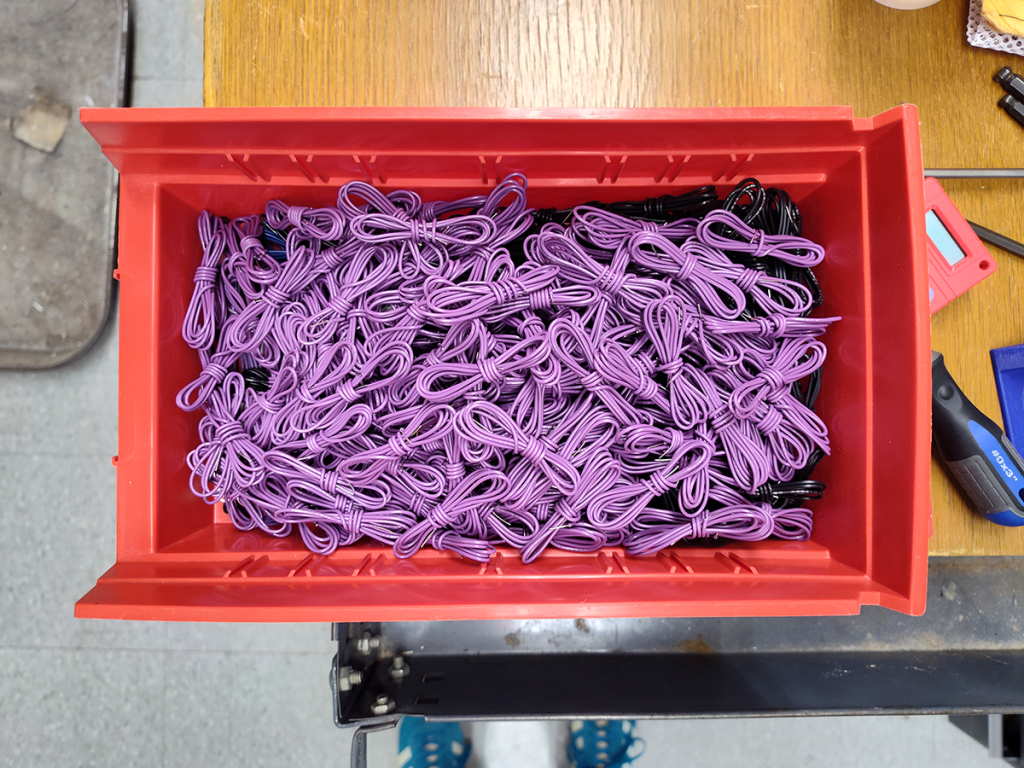
The color for next semester’s toy kits: violet.
Discoveries in the Physics & Astronomy shop | Science, curiosities, and surprises

The color for next semester’s toy kits: violet.
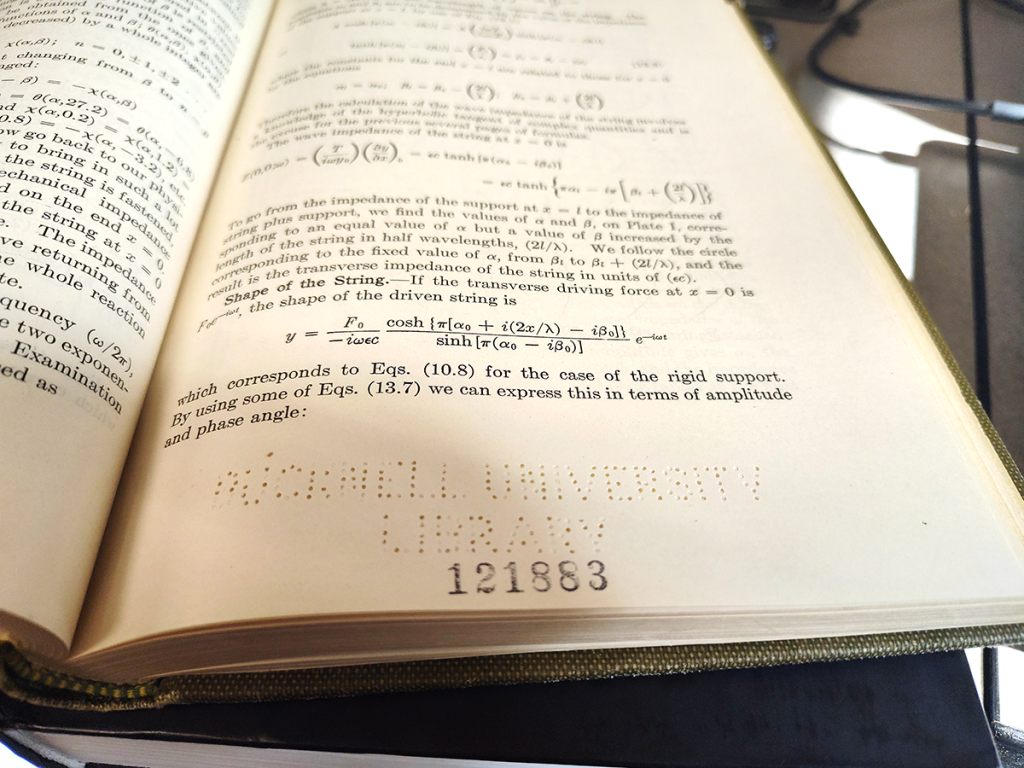
Old texts from the library sometimes still have these perforated markings, ensuring that no one forgets that this particular copy of Morse’s Vibration and Sound, from the International Series in Pure and Applied Physics, isn’t the same one that Grandma’s reading for her book club. They’re kind of charming in their own way, a means of labeling texts that disappeared at some point.
Presumably the librarians could enlighten us on that point, were we to ask nicely.
In the meantime, we’ll just muse over the idea that for a time, some individual had to take every new acquisition and punch a few of these before the first shelving. Some dedicated machine sat on a desk just for this purpose. And when it was a big day, those little punched-out chads probably got everywhere. The spilled glitter of their day.
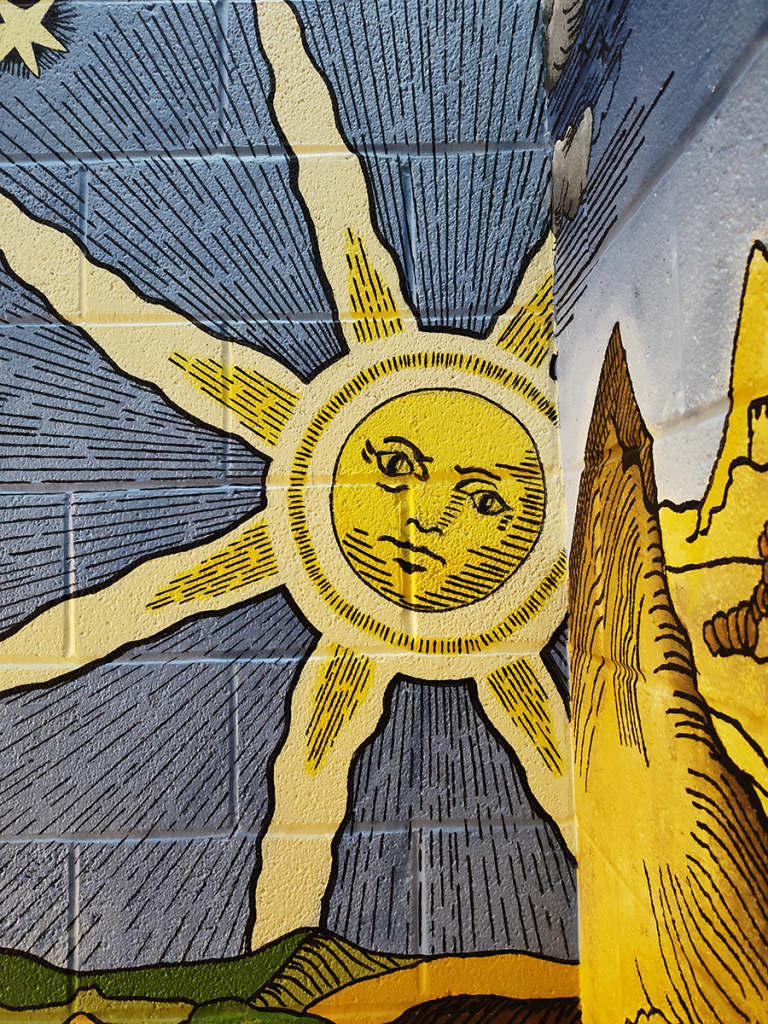
We have several murals on display at the Observatory for those with time to look around. That includes ol’ Helios here, with a real Mona Lisa smile going on.
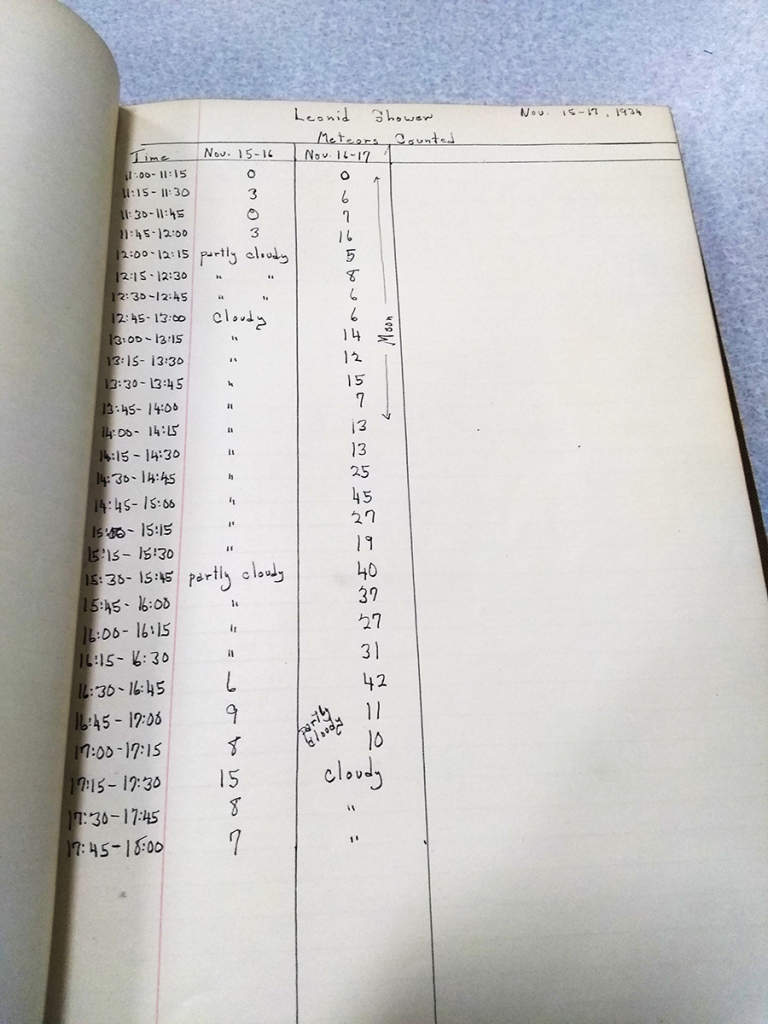
Ninety years ago, during the Leonids meteor shower, someone was counting a lot of burning bits of debris from comet 55P/Tempel-Tuttle. With one fifteen-minute window boasting forty-five meteors (!), that’s a powerfully active shower. Not quite a storm, but those happen with the Leonids sometimes.
According to NASA, the Leonids peak about every 33 years, with 1966 being a spectacular meteor storm. In one fifteen-minute window, thousands of meteors fell like glowing rain. How amazing is that?
Also: check out the times indicated. We’re assuming the counting started at 11:00pm and ran until early morning, with a 24-hour clock opposite how we’d expect it. (Maybe sleep deprivation?) Either that or it was a truly spectacular meteor shower!
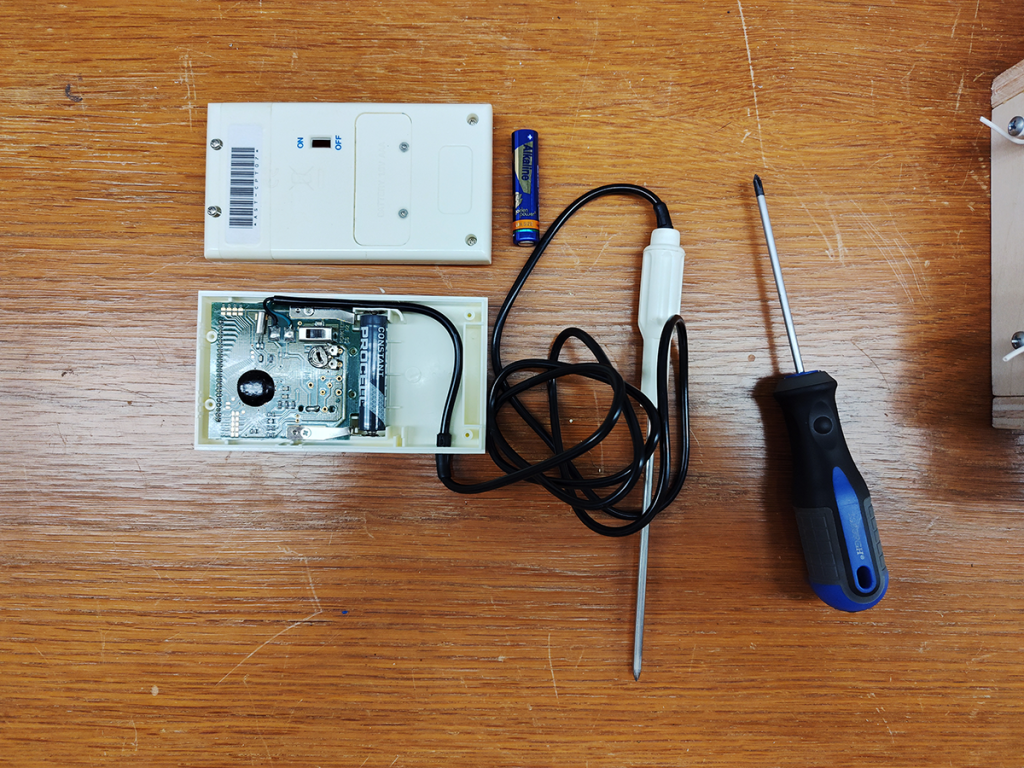
When the screw heads to the battery access panel are stripped, just go all the way and open up the entire housing. Why not?
The real question is this: why are those screws stripped? Did it arrive that way, battery installed, or did they take a real beating after popping the first battery in? Why have screws to keep it shut in the first place?
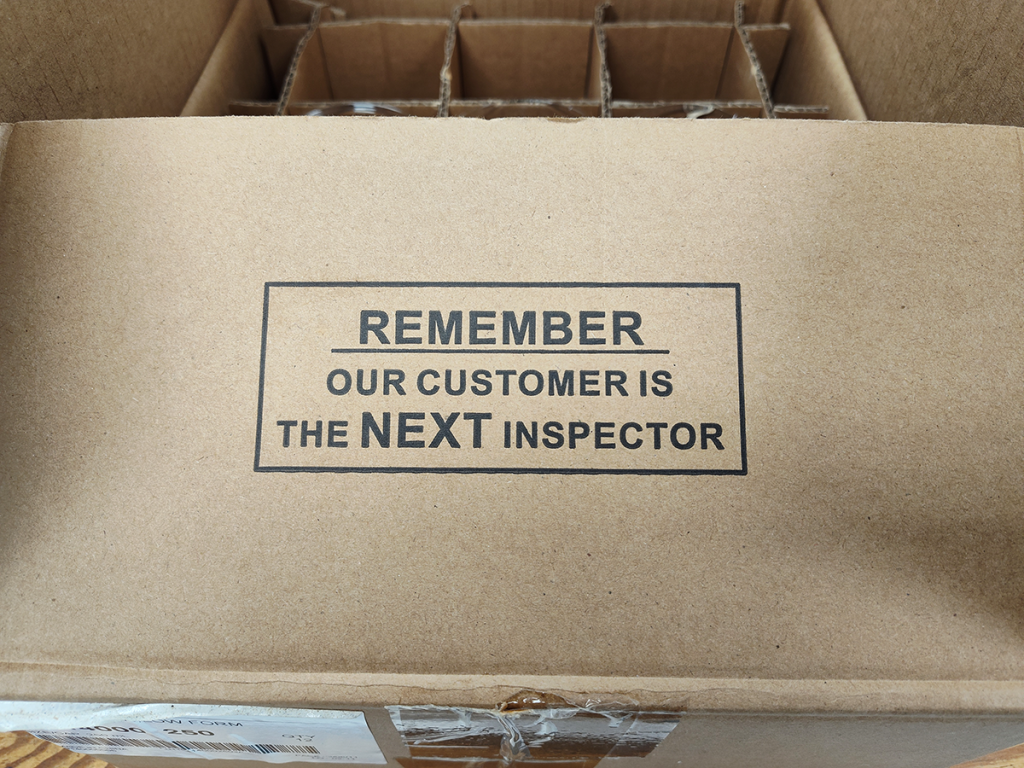
Please pay attention to detail and try to do a good job. Don’t foist broken crap on someone who deserves better. We’re all in this together, and only through diligence and good-faith effort can we all succeed. Some things are important, yet delicate, and carelessness will come back to all of our detriment. Actions, no matter how small, bear significance and have impact on a much greater portion of the world than just we as individuals.
Sage advice, lab glassware packaging.
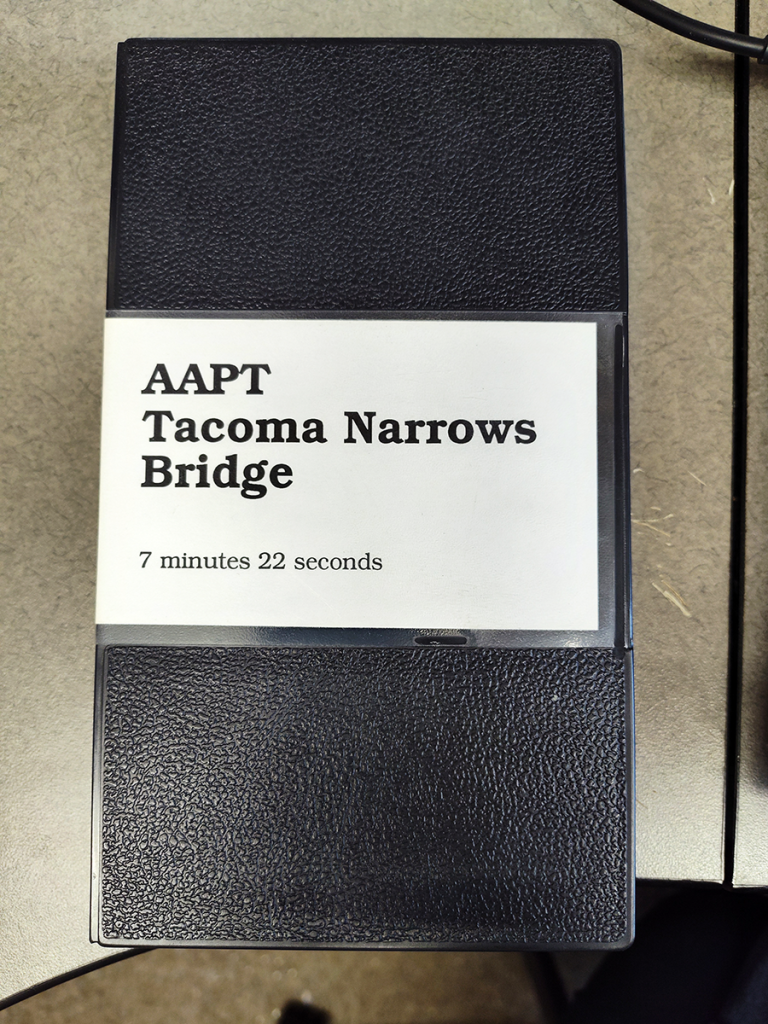
Look, sometimes the very specific version you want only exists in a format that’s hard to make use of, like a VHS cassette. That’s why we have helpful, talented people with specific sorts of tech savvy to help us out with bringing oldies but goodies into a more modern format that’s still destined to veer into obsolescence after a while. Thanks, Wes!
For those wondering, AAPT stands for the American Association of Physics Teachers.
In this case, anyway. But for a thought experiment, imagine the collapse of Galloping Gertie as narrated by these other AAPT organizations and/or acronym users:
Some of those could be really entertaining. Just don’t mention poor Tubby the cocker spaniel to the animal assisted play folks.
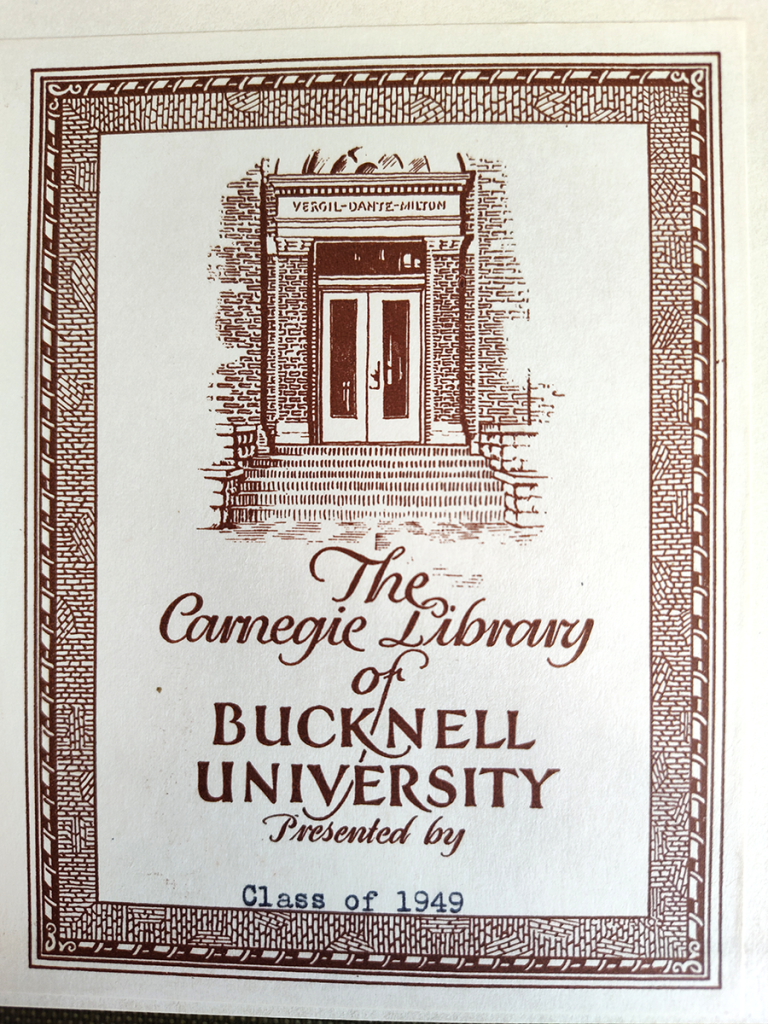
Sometimes you could really use a book that covers the physics behind musical instruments. We’ve all been there, right?
And who can resist grabbing a title off the shelf – Vibration and Sound by Philip M. Morse, of course – that looks like it’s been resting patiently for quite some time? Last pre-digital checkout, May 20th, 2004; prior to that, April 28th, 1997.
First one marked: April 12th, 1950. The 2004 event was the 15th time the book was checked out. Does that make us the sweet sixteen?
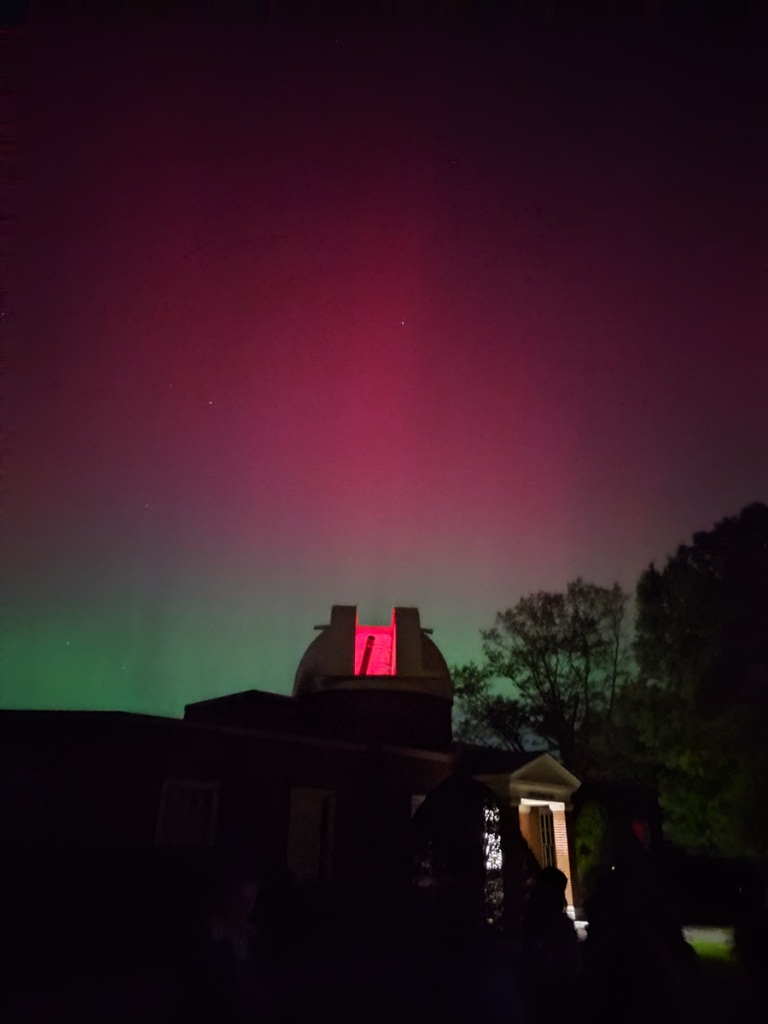
Wow. Just, wow.
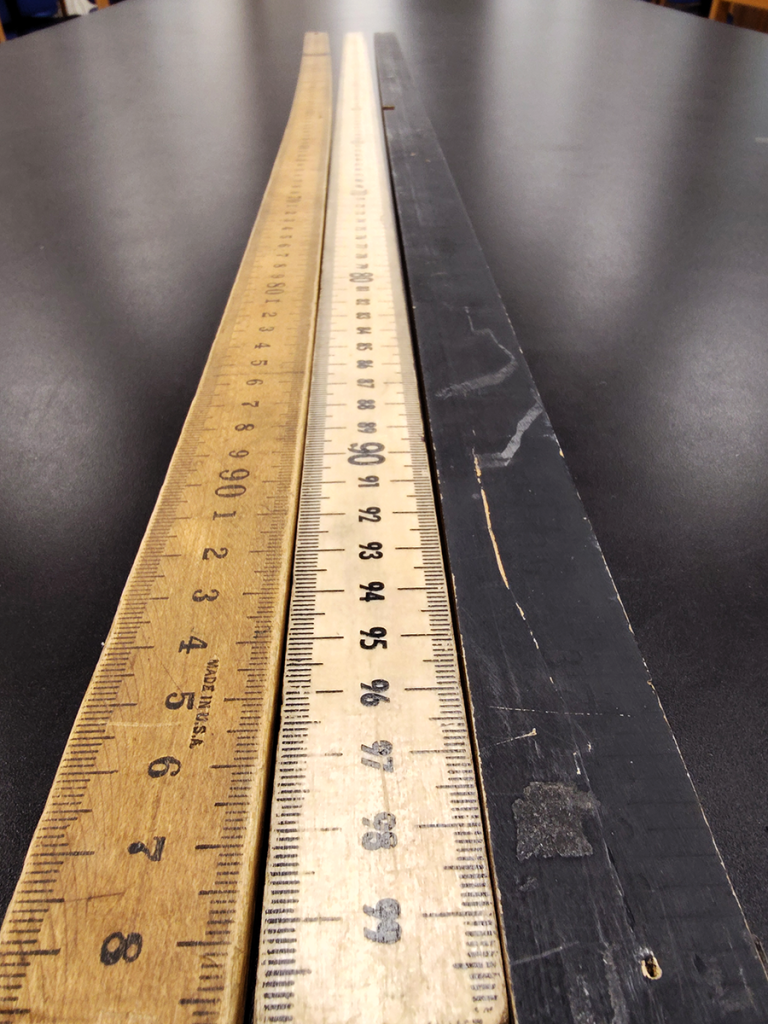
In our Physics & Astronomy labs, we use metersticks with great frequency. Often for measurements, sometimes to approximate distances that make the arithmetic easier, and occasionally as a handy tool for pointing to the projector screen.
They aren’t super-high precision any more than the rulers you remember from elementary school, and for that we have other tools. Sometimes, as you can see above, the years have warped and twisted things a bit. We adjust.
As you might expect, they offer metric distances on one side, inches and feet on the other. The best ones – the oldest set – were long ago painted black to conceal those SAE units. Clearly, someone grew weary of students measuring everything in inches and then complaining that the math wasn’t working out right.